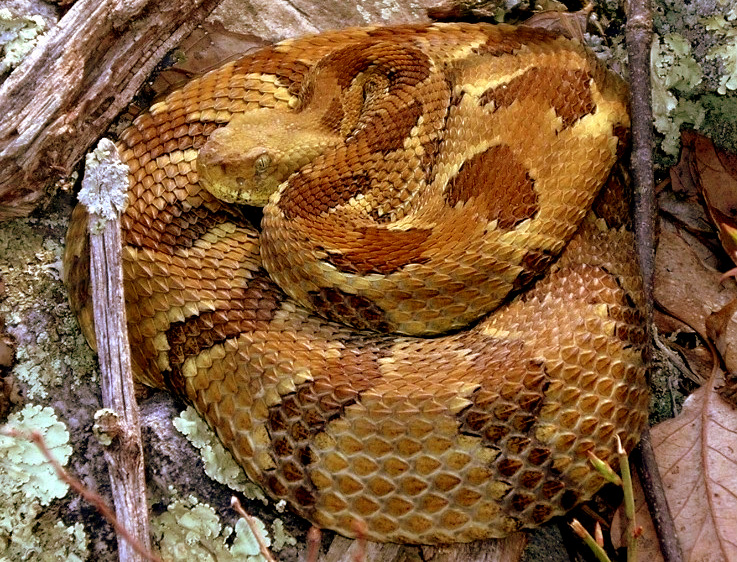
Wildlife biologists are asking the public to become involved in a research project aimed at determining the current distribution of timber rattlesnakes in West Virginia.
Although many people fear rattlesnakes and may want to kill them, the reptiles are a critical part of healthy forest ecosystems, says Kevin Oxenrider, a biologist with the W.Va. Division of Natural Resources.
Rattlers reduce the human risk of contracting Lyme disease and other diseases spread by mice and chipmunks, the snake’s main prey, he says.
“Rattlesnakes are essential to controlling populations of small mammals that can transmit human diseases,” Oxenrider.
The project asks the public to report their rattlesnake observations to the division through an online form that can be found at www.wvdnr.gov/rattlesnakereport.
Participants can provide the location of their observation through GPS units or by using a map provided on the website. The site also asks users to submit a photo of the snake.
“The map feature helps people report their rattlesnake observations by zooming in to the exact location of their rattlesnake observation,” Oxenrider said.
The division is interested in all observations, whether the snake is alive or dead. Information gained from this project will allow the biologists to better manage timber rattlesnake populations and focus conservation and outreach efforts.
The timber rattlesnake has been disappearing throughout much of its range, mainly from habitat loss and direct persecution, Oxenrider said.
“In West Virginia, we are fortunate that our state possesses the intact forests needed by timber rattlesnakes, so our snakes have a real opportunity to thrive,” Oxenrider said.
“But to do that, people need to remember that although rattlesnakes are venomous, they are not out to get us or our pets, and that if left alone or observed from a distance, they pose no threat.”
“Although we are collecting rattlesnake observations from the public, we will not be sharing user contact information or the locations of rattlesnakes with anyone. This protects people’s privacy as well as the location of the rattlesnakes.”
Sign up to receive a FREE copy of West Virginia Explorer Magazine in your email weekly. Sign me up!

